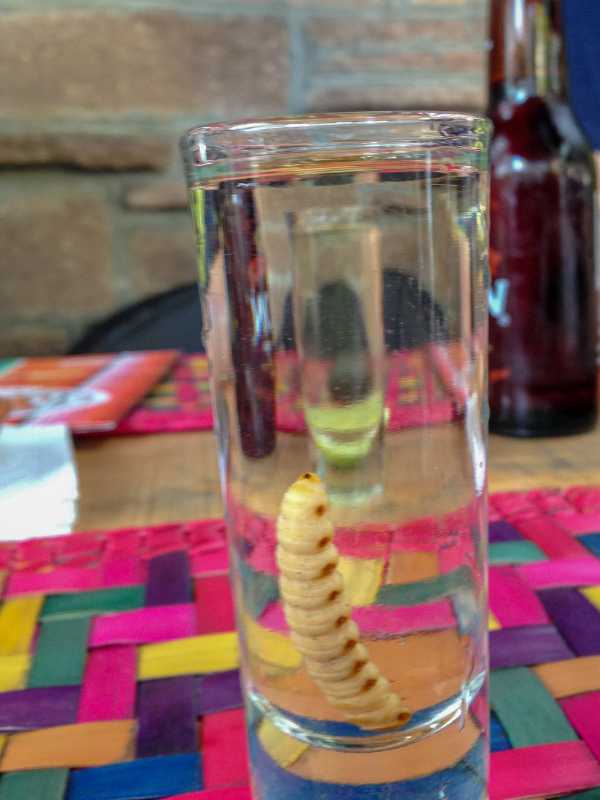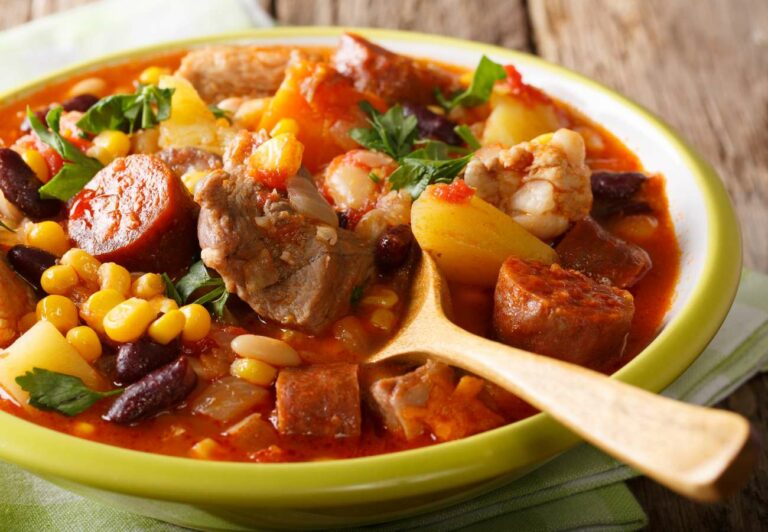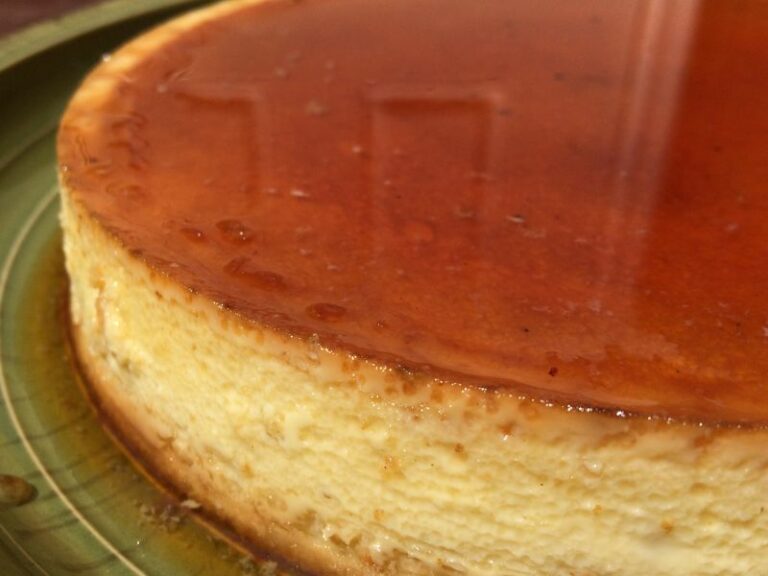Stinking Toe Fruit (West Indian Locust Fruit)

Stinking Toe Fruit, also known as locust fruit or jatobá, is the fruit of the West Indian Locust, the largest tree in the Caribbean. A popular fruit throughout Latin America, it is known as Stinking Toe Fruit as its shape is similar to a big toe and its pungent smell is like a sweaty foot.
The shell of the pod is solid and is approximately five centimeters thick and inside is a cream-colored, powdery flesh.
The fruit’s texture is mainly dry and dense, and it is sweet in taste. The fruit is said to remind people of powdered sugar and dried milk, with a touch of herbs and some parmesan cheese.
The ‘flour’ obtained from drying the stinking toe fruit can be added to various smoothies, soups and juices. It is also often used in several baked goods including biscuits, cookies, crackers and bread, or included in fruit cups or ice cream.
Surprisingly, the foul odour of the fruit suggests that it is ripe, and if it doesn’t smell bad then it is quite possibly rotten.
Stinking toe fruit can also be combined with water to make a beverage called “atole”. The pulp inside the solid shells seems like tiny soluble fibres that tend to dissolve effortlessly in water or milk. People who prefer extra sweetness sometimes add sugar to it.
Stinking toe fruit is considered to be one of the richest vegetable foods known because it is full of starch and protein. It is also considered to be a perfect concentrated food for animals.
If you plan on eating it raw, you might need to add a little bit of water to help with its dry texture.
Origin & Cultural Significance
Stinking toe fruit is oblong in shape and is enclosed within a brown pod that looks similar to a toe, hence the name. Today, this tropical fruit is admired for its nutritional and health benefits.
Generally available during the late winter or early spring season, stinking toe fruit and the tree it originates from are believed to have an extensive history of being medically and economically important to the native residents of tropical South and Central America.
People in the Brazilian, Peruvian and Central American rainforests (typically the Karaja Indians and the Creole of Guyana) have been consuming the bark, leaves and flowers of the West Indian Locust tree for centuries. It is also eaten in Venezuela, Mexico, Bolivia, Colombia, Cuba, Haiti, Guyana, Panama, Jamaica, the Dominican Republic, Antigua and Barbuda and Grenada.
It contains very few calories but is high in carbohydrates and is an energy booster as well as an aphrodisiac. It is packed with vitamin A and iron.
Research shows that the flesh of this fruit also contains antimicrobial, antifungal and antibacterial properties. The fruit is locally referred to as Koubari or Courbaril in Creole and one can easily find stinking toe fruit throughout Central and South America.






